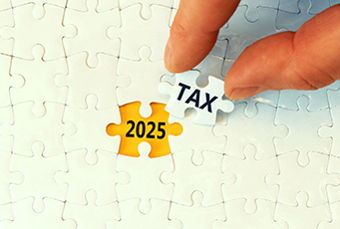How would you like to save on your next pair of glasses or your child’s preschool tuition? You don’t need a coupon and you won’t have to negotiate a deal – all you need is a Flexible Spending Account.
Let’s start with the basics. A Flexible Spending Account (FSA) is an employer-sponsored account to which employees can contribute pretax dollars. Contributions are excluded from taxable income and, in addition, not subject to payroll taxes. And when funds are withdrawn for a qualifying expense, you still don’t owe any tax! That means a smaller tax bill and savings on the cost of products or services that is equal to your highest tax rate!
Types of Flexible Spending Accounts
FSA funds can be used for a variety of “qualified expenses.” The definition of a qualified expense depends on the type of account you have. Here’s a look at the different types of Flexible Spending Accounts.
General Healthcare FSA.
This most common type of Flex Spending Account can be used for prescriptions, copays, and even Band-Aids. IRS Publication 502 provides a complete list of qualifying expenses.The 2018 maximum employee contribution to the account is $2,650. Any contributions by your employer generally do not count toward the employee limit. You’ll need to determine an estimate of “qualifying” expenses that you expect to incur in the coming year to determine an appropriate amount to contribute. Your contribution decision must be made during your enrollment period.The full amount of your annual contribution is available to you at the beginning of the year – not bad! However, here’s where it gets tricky: You can’t contribute to both a Health Savings Account (HSA) and a general healthcare FSA in the same year. You do have another option though! Read on…
Limited Purpose FSA.
This type of account is designed to complement an HSA since it is limited to covering qualified dental and vision expenses only. By participating in both an HSA and limited purpose FSA, you maximize savings and tax benefits. Annual contributions to limited purpose FSAs are capped at $2,650. HSA contribution limits are currently $6,900 for families and $3,450 for individuals. A family could set aside a total of $9,550 by participating in both plans.
Dependent Care FSA.
As the name implies, you can use this FSA to pay for the care of your dependents – whether children or adults! You must claim these dependents on your federal tax return, however, for the expenses to be covered. Childcare, pre-school, and adult daycare expenses while you work are all covered. Typically, children must be under age 13, but older children who are incapable of caring for themselves may also qualify. There are strict requirements for claiming an adult as a dependent, so check with your tax professional to ensure you meet the criteria.
What’s the Catch?
By now you probably see how enrolling in an FSA may save you some substantial cash. But you may be wondering if it’s worth the hassle and whether there are pitfalls with FSA participation. Yes, there are a few potential issues you need to be aware of.
Here’s the big one: You must use all the funds in your FSA before year end or risk forfeiting your savings. Some employers offer a two-and-a-half-month grace period for spending down the account. You may also have the option to carry over up to $500 from one year to the next. It’s important to carefully consider how much you contribute so that you don’t throw your money away!
Here’s another thing to think about. FSAs are part of an employer’s benefit plan. If you chose to leave your job, you are probably going to leave your FSA behind.
Summary
FSAs have been around since the 1970s, but many employees don’t understand their value and miss out on the benefits. Enrolling in just one of these accounts could make a significant impact to your bottom line! If you don’t have access to these accounts through your employer, ask your HR department if they would consider incorporating them in their benefits package.would consider incorporating them in their benefits package.





